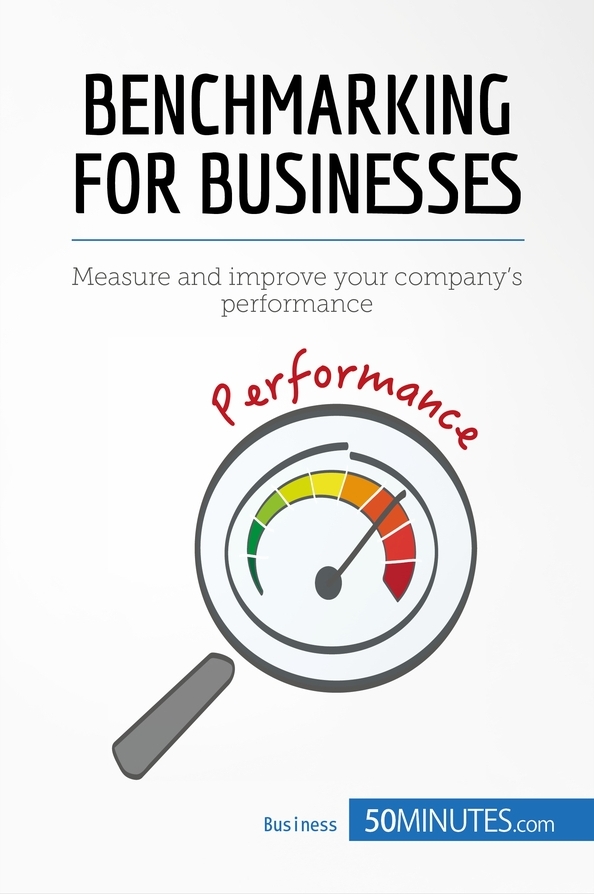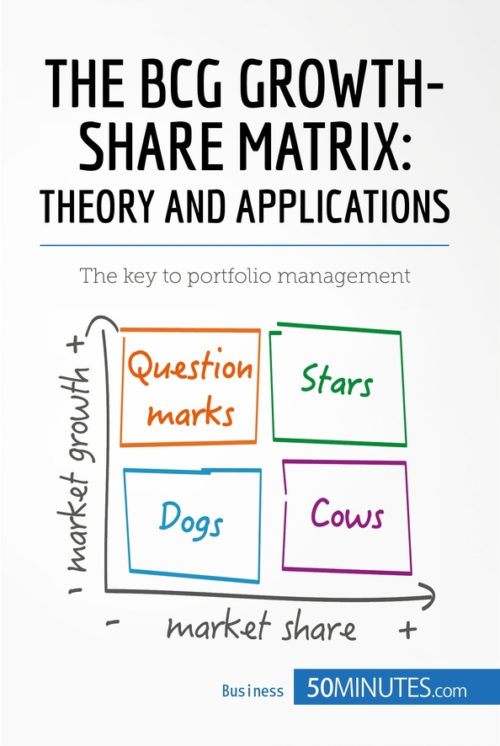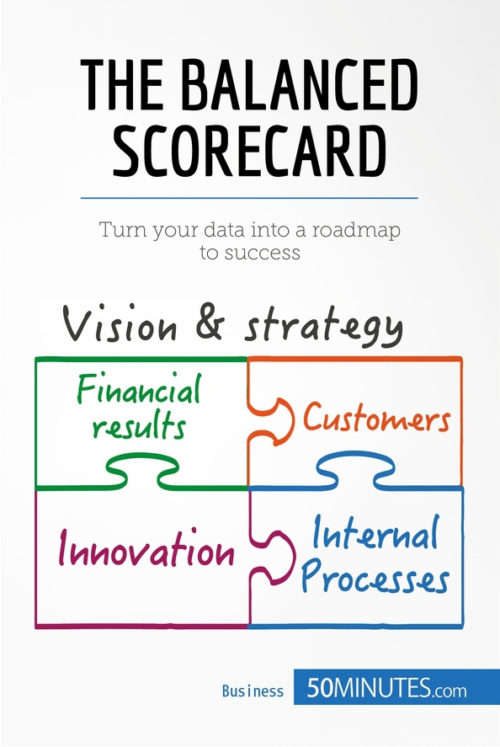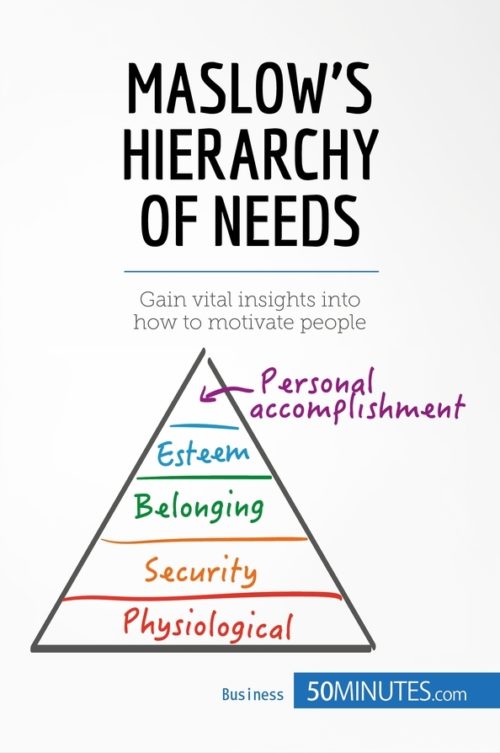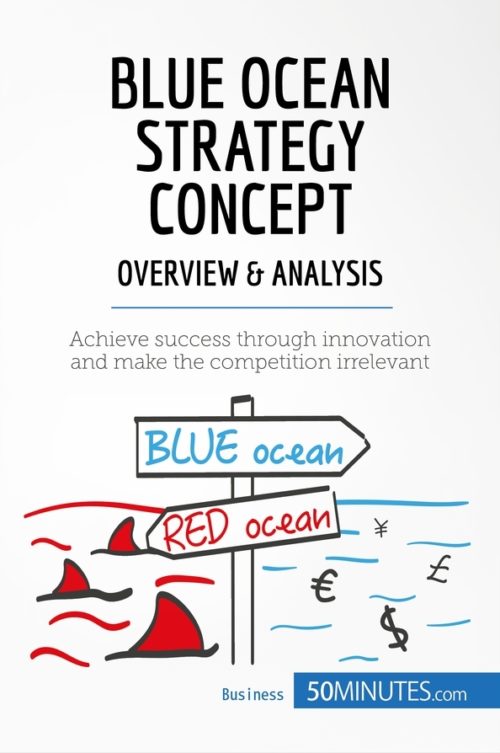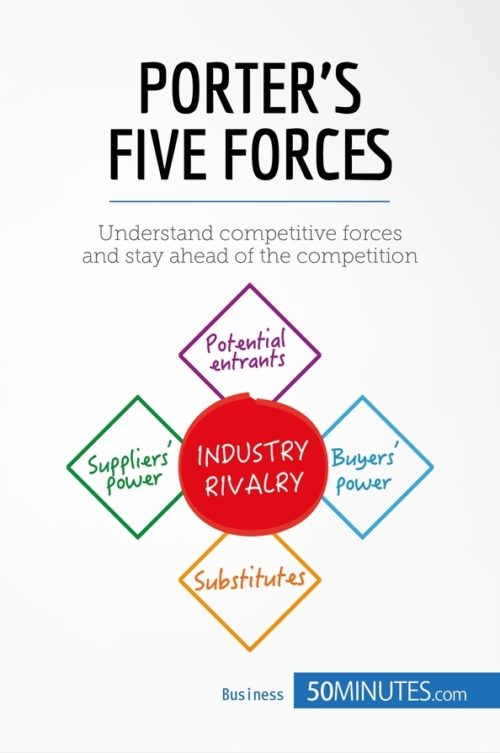Benchmarking for Businesses
Benchmarking for Businesses
$4.99
Read more
Understand the essentials of benchmarking (also known as standardization or comparative analysis) in just 50 minutes with this practical and concise book. Benchmarking is a strategy which is mainly used in business to evaluate a range of elements – including products, the market and competitors – in a given sphere. Benchmarking therefore allows businesses to identify the practices that have been proven to work and adopt them for themselves, in order to increase their performance and re-engineer their products.
This book will provide you with a handy introduction of how to use benchmarking to discover the best practices of leading companies and adapt them in order to improve your own business. It also contains real-life case studies, a discussion of the tool’s shortcomings, including its potential cost, and an introduction to related models, such as Total Quality Management and PDCA.
About benchmarking
Benchmarking is an ancient practice that can be traced back to the 6th century BC, but the actual concept as we understand it today did not catch on until the 1980s, thanks to the Xerox company. Xerox crushed its competitors of the time by analyzing the best practices in the business and using them itself. Benchmarking is essentially an analytical tool which allows users to evaluate a range of different procedures and statistics in a certain environment.
In this book, you will discover how to identify the strengths of rival companies, learn how to adapt these strategies for your own business, and use your results to build a more successful company. A clear explanation of the benefits and potential drawbacks of the method, a discussion of a practical case study, and an introduction to related models will give you the tools you need to tailor your approach to your situation.
This straightforward and accessible 42-page book is structured as follows:
- Introduction to benchmarking
- Theory
- The different types of benchmarking
- Applications in business
- Advantages
- Limitations and extensions of benchmarking
- Limitations and criticisms
- Related models and extensions
- Practical application of benchmarking
- Phase 1: Preliminary study and planning
- Phase 2: Choosing a partner
- Phase 3: Analysing procedures and benchmarks
- Phase 4: Test and final implementation
- Phase 5: Adjustment, monitoring and feedback
- Case study: AutoMatic
- Summary
Product details
| ISBN | 9782806268419 |
|---|---|
| Publisher | Plurilingua Publishing |
| Serie | 50MINUTES.COM – Business |
| Format | |
| Pages | 37 |
| File size | 3.3 MB |
